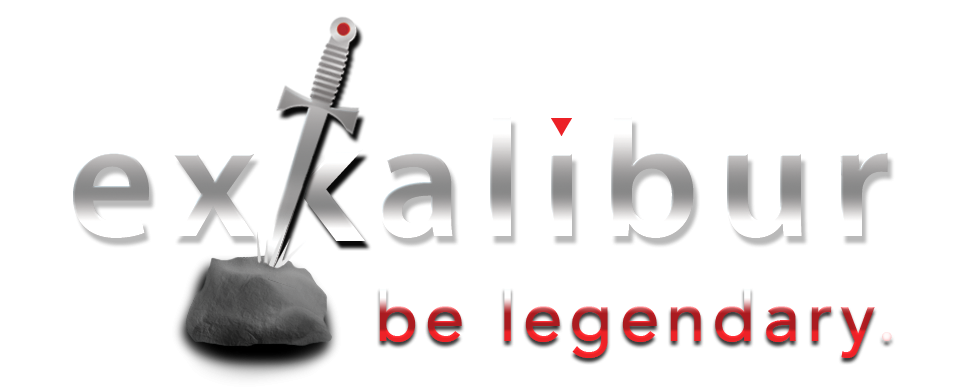Are you Hoarding or Sharing information?

When I began my business career in the previous century, the word “transparency” was not in the business lexicon. You knew what you were told … and you were told what someone thought you needed to know … but it was unlikely you’d hear much about where the company was going or your role in it.
What does Transparency mean?
It doesn’t necessarily mean opening the kimono or letting everyone ramble around backstage.
It doesn’t mean sharing every financial tidbit with everyone all the time.
In fact, it’s as much an attitude as a policy because it’s rooted in collaboration and an open-book environment.
What about in difficult times?
Before his passing in 2020, I captured a statement from Jack Welch, the legendary CEO of General Electric, about the importance of keeping morale high during difficult times. He was pretty clear about the value of transparency as well as the inclination of executives to hold their cards close to the vest when times are tough.
Here’s what he said:
“
Now, we realize we don’t need to tell anyone why transparency makes sense. Most managers know from experience that employees get more pumped when they understand where the company is going, why, and what role they play in getting there. But an awful thing tends to happen to information-transfer in a downturn. Managers choke: It’s as if they can’t bring themselves to deliver hard news without leaving out pieces and fuzzing the lines.
Why is transparency important?
For too many executives, this is counter-intuitive. They fear that the harsh truth when times are difficult will unhinge the company. But really, transparency is the glue that holds strong companies together.
It means that there are no hidden agendas or secret cabals or schemes being concocted behind the curtain. Rather, problems and challenges are shared, input is encouraged, and everyone locks arms in a crisis to stand together.
Transparency represents the ultimate collaborative environment where the bad and the ugly get delivered with the good.
There are some tricky parts to transparency
Is there anything tricky about transparency?
Yup, there is. Examples would include deliberations about employee performance or discussions about the possible sale of the company.
At the same time, leaders of transparent organizations are committed to their people, and want their people to be able to make plans for their lives by helping them understand as much as possible about what the future may hold.
Transparency isn't risk free
While there are risks in this process, there’s a level of risk in everything we do, isn’t there?
There will always be the risk of leaks or damaging whispers, but they’re offset by the unassailable value of building a collaborative environment of committed teammates fighting for a common cause.
You may lose a few skirmishes along the way, but you’ll win the war.
5 Tips to build a Transparent Organization
These 5 Tips will help you build a Transparent Organization.
1. Be Transparent PERSONALLY
You have no chance of building a culture of transparency if you aren’t walking the walk.
Remember that you’re in the Spotlight of Leadership. If you’re not PERSONALLY transparent, it will be plenty obvious and it won’t be just the battle that’s lost.
You’ll also lose the war.
2. Be Consistent
You’ve got to be transparent across the board.
If you’ve earned the respect you need to Be a More Effective Leader, people will expect you to lead them whether it’s down to the local pub or across the battlefield.
They expect you to be consistent … and you need to be.
3. Set Boundaries
You’re not opening the kimono to anything and everything. Be forthright about where you’re drawing the line.
To begin, you’ll need to explain to your team what all this means.
Here are some examples to illustrate some of the options that will be arise as you evaluate what Transparency means in YOUR organization:
- You’re not going to share individual personnel decisions except within the reporting chain. Otherwise, they’ll be described when a specific action is taken.
- You’re not going to share ongoing discussions about a change of ownership. Those discussions happen periodically, and often lead nowhere, so you’re not going to feed the fires of rumor and speculation until and unless there is something definitive to report.
- You’ll share general P&L information but not cash flow or balance sheet information unless it’s particularly relevant to the company’s performance or its future. (You can do this in many ways. You’ll have to consider what makes the most sense for your company.)
4. Don’t hedge the bad news.
People can tell when you’re quibbling.
That doesn’t mean to drop bad news like a bombshell. Couple it with an action plan about how you intend to approach the problem and how you’re depending on everyone to contribute their best ideas and be part of the solution.
5. Set regular meeting times.
It’s not enough to be transparent only when you’re asked.
You need to set specific regular times when you’ll report on the “State of the Company” with a specific agenda describing what you intend to cover.
That puts everyone on notice of your intention to be transparent and provides a forum for Q&A.
Question: What are you doing to create a Transparent Organization?
Got Comments?
You can leave your comment or questions below and I’ll respond promptly. You can also email me at lary@exkalibur.com.


